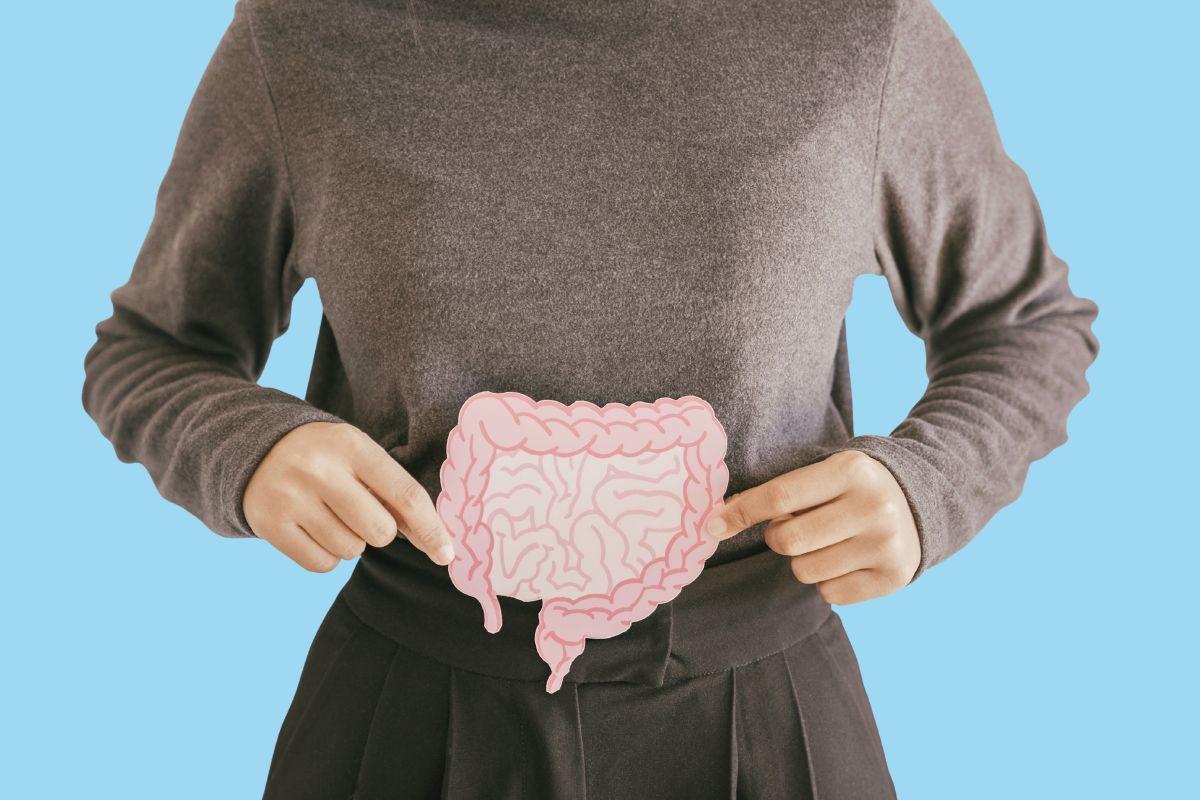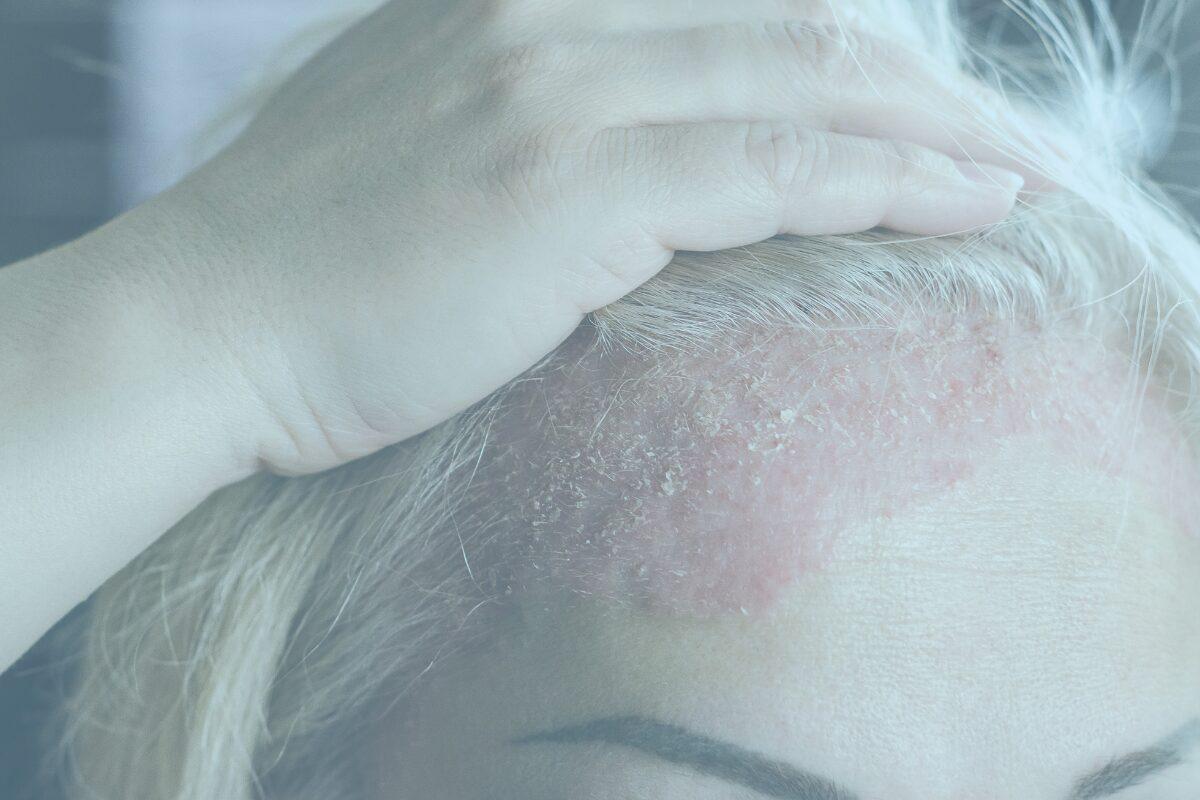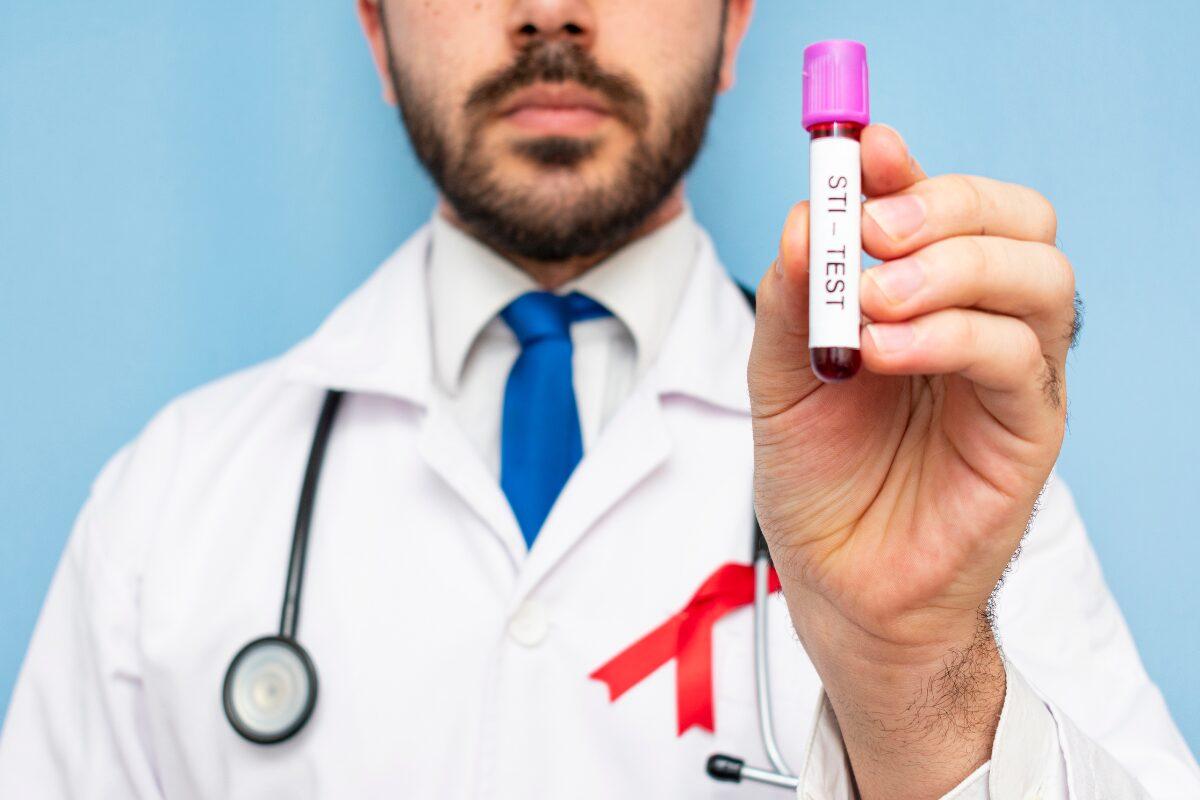Ask the Surgeon
Written by Mr Khaled Dawas for Doctify
Gallstones are very common and affect more than one in ten adults in the UK at some point in their lives. They form in the gallbladder, which is found beneath the liver and functions as a store site for bile produced by the liver. Gallstones form when the level of cholesterol or other deposits (certain salts and calcium) in the bile become too high and therefore form tiny crystals which collect and grow into small stones.
Studies have found that your risk of developing gallstones dramatically increases if you are overweight or obese. This is probably because the diet of someone who is overweight is more likely to be high in fats and cholesterol. The risk of gallstones also increases as you get older, they are especially prevalent in people over the age of 40 and are also more common in women who have had a child or who take the combined pill.

Gallstones may be present in the body but most often cause no symptoms. When they cause problems, the most common one is pain under the ribs on the right side that can last anywhere from a few minutes to five hours. This pain is called biliary colic. However, they also sometimes become trapped in the bile ducts; tiny tubes that take bile away from the gall bladder. In a very small number of patients, if the gallstone blocks the bile duct completely or it becomes lodged in another organ, such as the bowel or pancreas, patients may also develop other symptoms. This can become a much more severe condition and symptoms include:
- High temperature- above 37.5C
- Chills and shivering
- Increased heart rate
- Jaundice- yellowing of the skin and whites of the eyes
- Confusion
- Loss of appetite
- Itchy skin
If you experience any of the symptoms of gallstones you should make an appointment to see your doctor as soon as possible. Treatment for troublesome gallstones includes improving your diet and surgery. Treating your gallstones will make your life easier and pain free!




